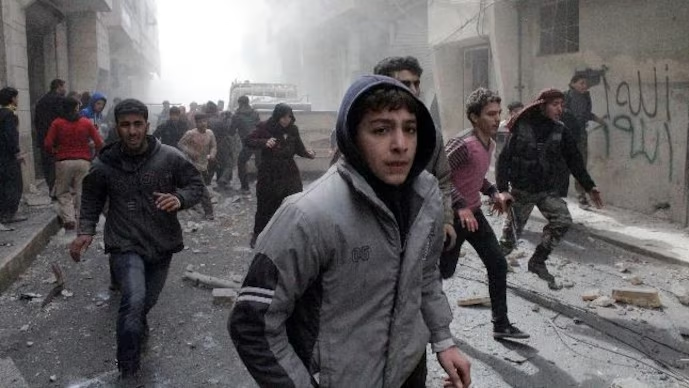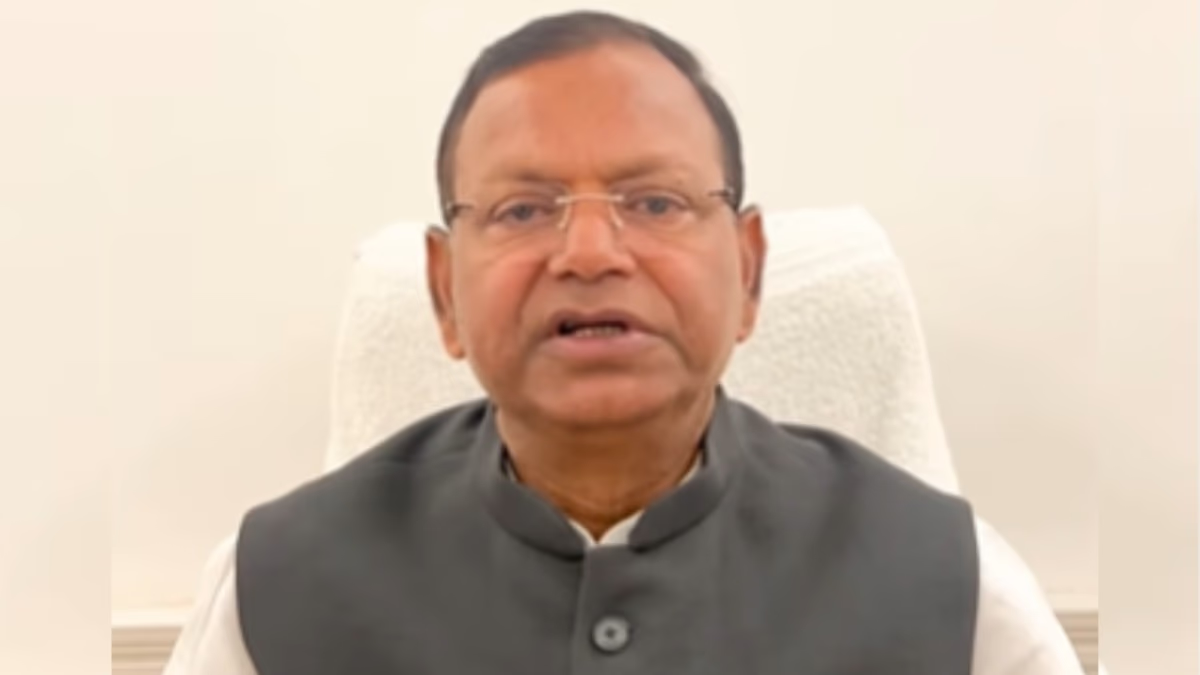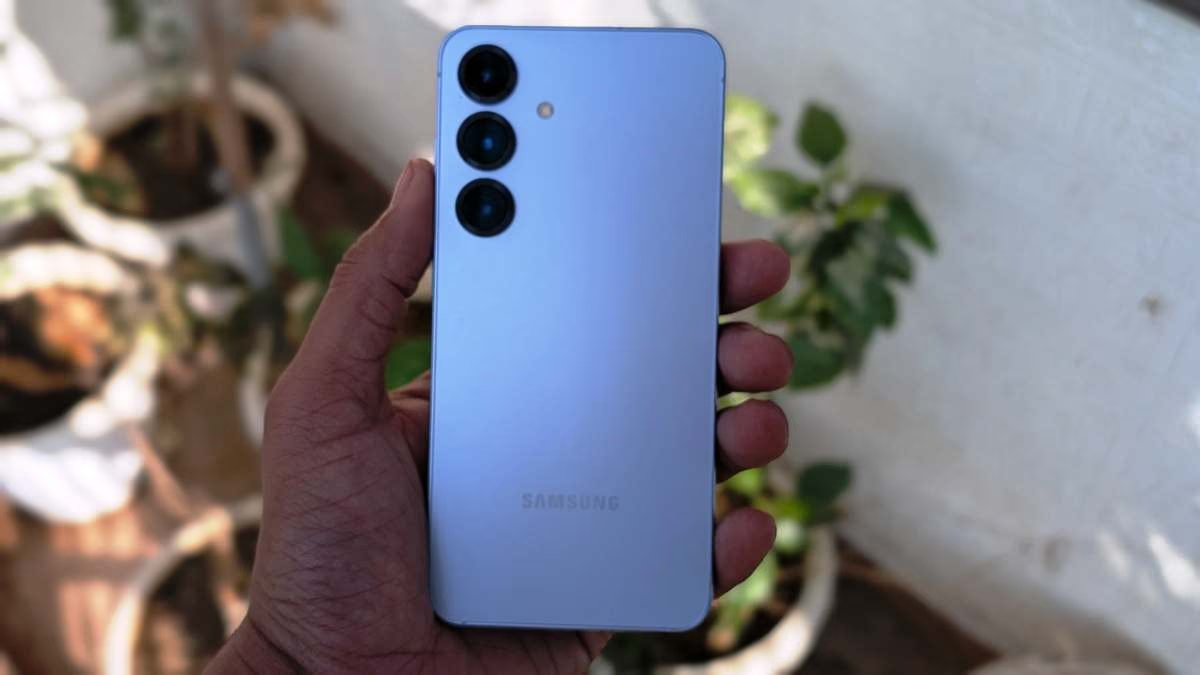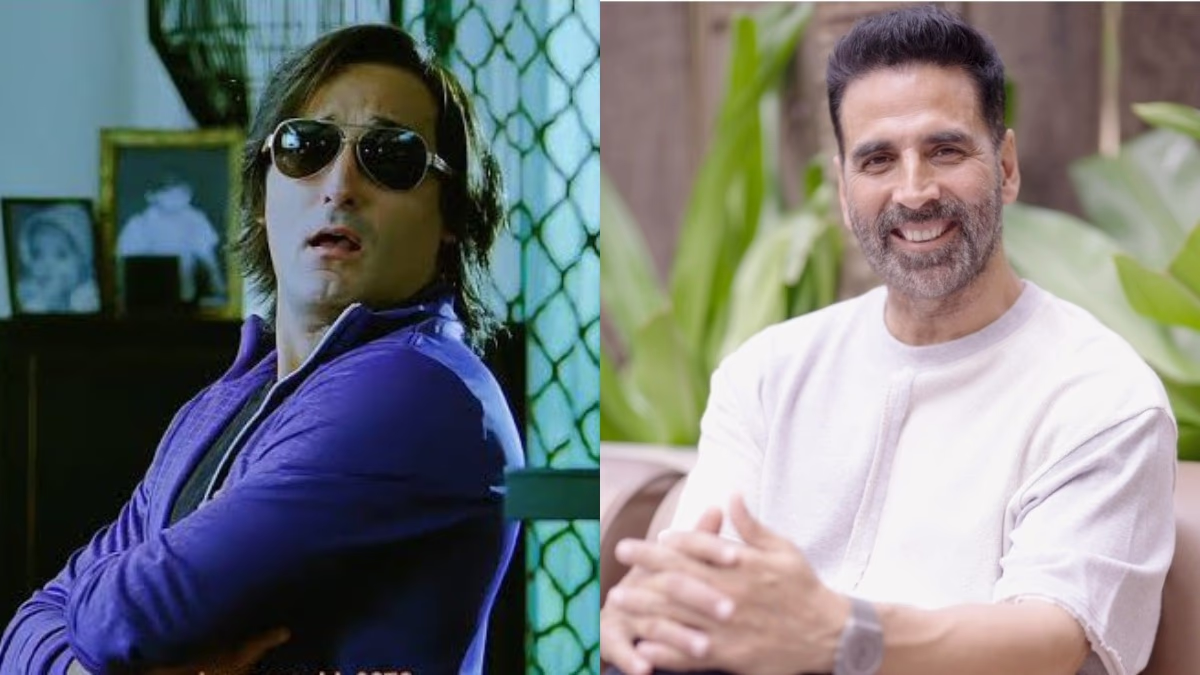Syria's civil war, which has been raging for 13 years, once again captures global attention with a renewed attack on Aleppo, the country's second-largest city. Rebels rapidly advanced and seized control of areas near Aleppo, marking their most significant assault in years.
Rebel groups in northwestern Syria announced their movement towards Hama city after capturing Aleppo. Meanwhile, the White Helmets, known as the Syrian Civil Defense, reported that retaliatory airstrikes by Syrian and Russian forces on Sunday resulted in the death of approximately 25 people, including 10 children.
The intensification of conflict raises concerns about emerging new fronts of violence in the already war-torn Western Asia. This rebellion on Aleppo is the largest since 2016, when a brutal Russian aerial campaign aided President Bashar Assad in recapturing the city. Supported by Russia, Iran, Iranian-backed Hezbollah, and other groups, Assad has maintained control over 70% of Syrian territory.
HTS-led opposition fighters assert these attacks are revenge for recent government offensives on Idlib's cities, such as Ariha and Sarmada, resulting in civilian casualties, including children.
This marks the first significant attack on Assad's army since a ceasefire brokered by Turkey’s President Erdogan and Russia’s President Putin in 2020.
Who is fighting who in Syria?
For 13 years, Assad has battled opposition forces in a conflict claiming nearly half a million lives, with about 6.8 million Syrians forced to flee the country.
Approximately 30% of Syria lies beyond Assad’s reign, divided among various opposition groups and foreign soldiers. North-east of Aleppo, the US has stationed around 900 troops to prevent the resurgence of the Islamic State. Both the US and Israel occasionally target Syrian government forces and Iran-backed militias. Turkey also has troops in Syria and influences coalition forces advancing on Aleppo.
Meet the power players in Syria
Syrian Government Forces:
Assad’s main military force, supported by national defense forces, a pro-government paramilitary group.
HTS and Allied Rebel Groups:
Evolved from the Al-Nusra Front, previously affiliated with Al-Qaeda, they severed ties in 2016.
Syrian Democratic Forces (SDF):
A Kurdish-led group controlling parts of eastern Syria, supported by the US.
Turkey and Turkish-Aligned Syrian Rebel Forces:
The Turkish-supported Syrian National Army operates in northern Syria.
Understanding the Syrian Civil War?
The Arab Spring peaked in 2011, igniting democracy-driven protests against authoritarian President Bashar al-Assad. As Assad's forces crushed demonstrations, an armed opposition burgeoned, comprising small local militias and defectors from the Syrian army.
The oppositional forces, unified in their aim to overthrow Assad but divided ideologically, received support from regional players like Turkey, Saudi Arabia, and the UAE, as well as foreign powers such as the United States.
As anti-government forces expanded, Syria's allies, Iran and Russia, increased their support. On the ground, Iran's Revolutionary Guard and Lebanese ally Hezbollah fought alongside Assad's forces, while Russian aircraft bolstered Syria’s air force.
By 2014, extremist groups dominated when ISIS expanded its influence across the country. In response, an international coalition led by the US intervened, focusing on eliminating ISIS without direct confrontation with the Syrian regime. The SDF played a pivotal role in defeating ISIS, dismantling its territorial claim.
In 2020, Russia and Turkey mediated a ceasefire in Idlib, the last opposition-held province, establishing a security corridor.
Although major skirmishes have ceased, the Syrian government hasn't regained full control of the country. Recent events in Aleppo illustrate ongoing armed resistance in the nation.




